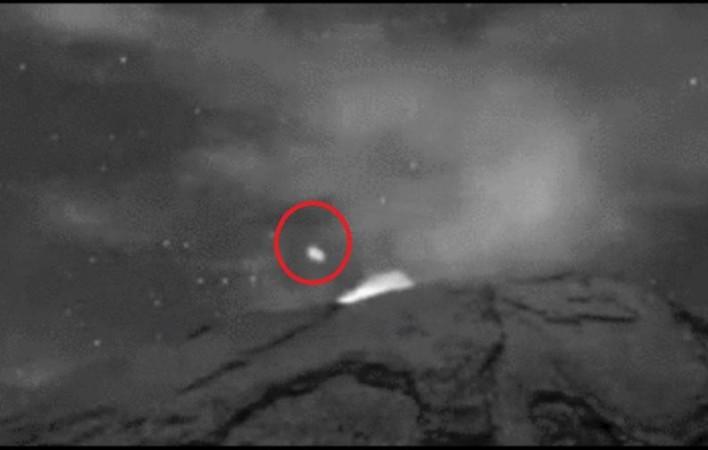Drones can be a great help in providing needed information in a crisis situation, as well as in the study of explosive volcanoes, say researchers.

Due to the difficult accessibility and the high risk of collapse or explosion, the imaging of active volcanoes has so far been a great challenge in volcanology.
Now, researchers from the GFZ German Research Centre are presenting the results of a series of repeated survey flights with optical and thermal imaging cameras at the Santa Maria volcano in Guatemala.
According to the study, published in the journal Scientific Reports, drones were used to observe the lava dome, a viscous plug of lava.
The researchers were able to show that the lava dome shows movements on two different time scales: slow expansion and growth of the dome and fast extrusion of viscous lava.
"We have equipped a drone with different cameras. We then flew the drone over the crater at various intervals, measuring the movements of the lava flow and a lava dome using a specific type of stereo photography with a precision never seen before," said study first author Edgar Zorn from GFZ.
By comparing the data from the drone, the research team was able to determine the flow velocity, movement patterns and surface temperature of the volcano. These parameters are important for predicting the danger of explosive volcanoes.
The researchers also succeeded in deriving the flow properties of the lava from these data.
"We have shown that the use of drones can help to completely re-measure even the most dangerous and active volcanoes on Earth from a safe distance," Zorn said.
A regular and systematic survey of dangerous volcanoes with drones seems to be almost within one's grasp, the researcher said.
According to the study, the two cameras of the drone used on the Caliente volcanic cone of the Santa Maria volcano were able to take high-resolution photos on the one hand and thermal imaging on the other.
Using a special computer algorithm, the researchers were able to create complete and detailed 3D models from these images.
They obtained a 3D topography and temperature model of the volcano with a resolution of only a few centimetres.
Drone missions considerably reduce the risk for volcanologists, as the cameras can be flown directly to the dangerous spots without the scientists having to go near them themselves.
Instead, the greatest challenge lies in the post-processing and calculation of the models.
"In the study, we presented some new possibilities for the representation and measurement of certain ground movements, which could be very useful in future projects," Zorn concluded.















